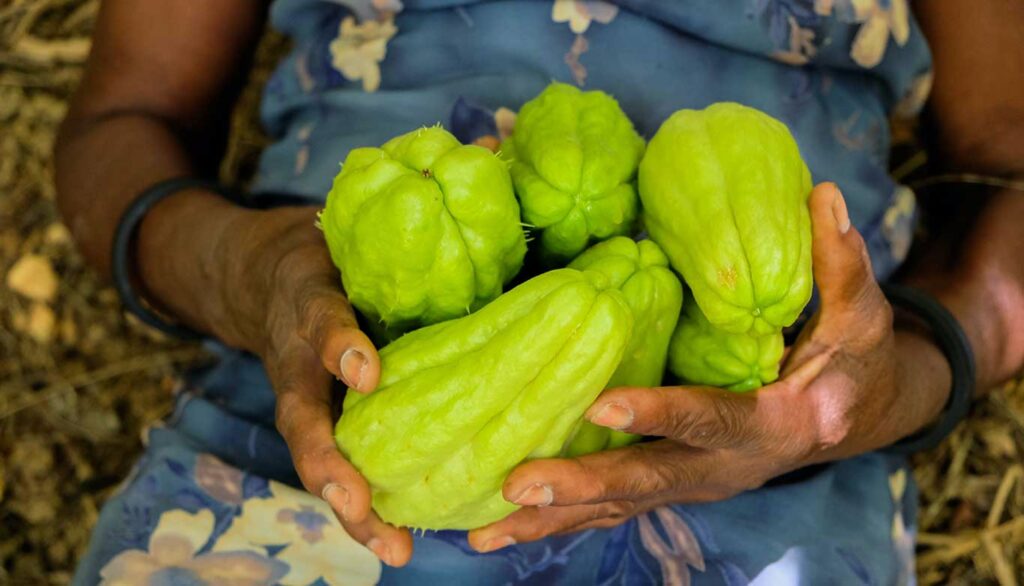Whether you’re an experienced gardener or someone just beginning to explore the world of gardening, this guide will offer in-depth insights into how to successfully plant and grow chayote.
Discover the secrets of planting and growing chayote with this complete guide. Learn step by step how to care for this versatile and healthy plant in your own space. Useful tips, cultivation techniques and proper maintenance to harvest delicious chayotes.

Chayote (Sechium edule) is a versatile vegetable that can be a valuable addition to your garden or domestic garden. Whether you’re an experienced gardener or someone just beginning to explore the world of gardening, this guide will offer in-depth insights into how to successfully plant and grow chayote.
Benefits of chayote
Before we dive into planting and cultivation techniques, it’s important to understand the benefits of chayote. Rich in fiber, essential vitamins and minerals. Its versatility in cooking, from soups to main dishes, makes it a valuable ingredient in many cuisines around the world.
Chayote stands out for being a source of potassium; vitamins A, B and C; and mineral salts such as calcium, phosphorus and iron. Easy to digest, rich in fiber and low in calories, chayote is a good alternative for those who want to lose weight. Furthermore, its potassium composition helps control high blood pressure.
Step by step: Planting chayote
Choosing the Proper Location: Choose a location that receives direct sunlight for most of the day. Chayote thrives in tropical and subtropical climates, but can also be grown in areas with moderate temperatures.
Soil Preparation: Prepare the soil by adding organic compost to improve fertility and drainage. Make sure your soil pH is between 6.0 and 6.8 to ensure ideal growing conditions.
Planting the Seeds or Seedlings: Plant the chayote seeds at a depth of about 2 cm in the soil. If you prefer, it is also possible to plant pre-cultivated seedlings, which can speed up the initial process.
Proper Spacing: Leave at least 6 feet of space between plants to allow for healthy growth and expansion of the vines.
Care and maintenance
Regular watering: Chayote requires regular watering, especially during the active growth period. Keep the soil slightly moist, but avoid waterlogging.
Proper guidance: Since chayote is a climbing plant, provide supports or trellises for the vines to grow vertically. This will make harvesting easier and prevent damage to the leaves and fruits.
Seasonal Fertilization: Providing balanced fertilizer during the growth and flowering phases will help promote a bountiful harvest. Follow the manufacturer’s instructions for correct application.
Harvest and storage
Chayote harvest generally occurs about 3 to 4 months after planting. The chayote must be harvested while it is still firm and vibrant in color. Use gardening shears to cut the fruit, leaving a small piece of the stem. Store them in a cool, airy place for up to 2 weeks.
Successful cultivation of chayote is a reward for the efforts invested in gardening. By following these detailed guidelines, you’ll be on your way to enjoying fresh, healthy chayote in your home-cooked meals. Remember that patience and dedication are essential to reap the benefits of growing your own chayote.






